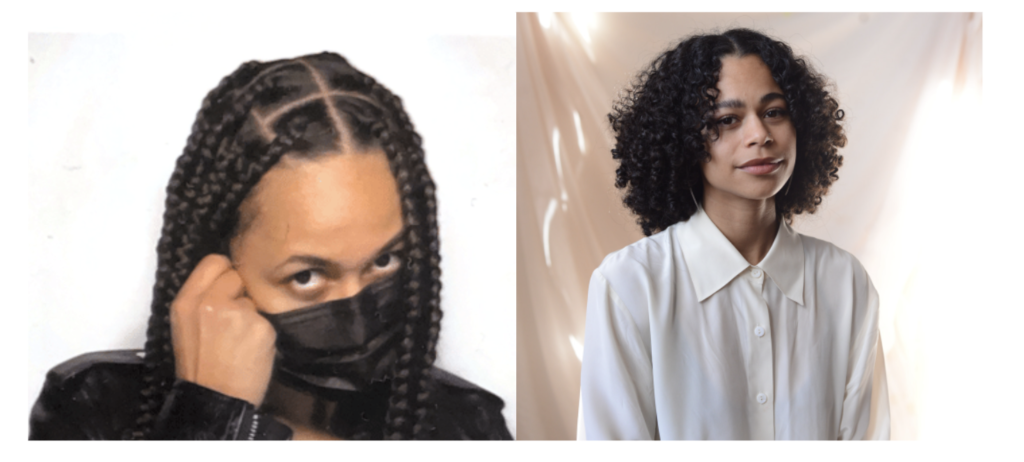ZOOM REGISTRATION HERE
SSCAC is thrilled to invite you into one of many conversations between SHAWNE MICHAELAIN HOLLOWAY and Camille Bacon that have activated feelings of remembrance, love, grief, and longing. For this program they will respond to the liminal, but expansive spaces within EMERGENCE that relate to aspects of desire, yearning, and intimacy specific to the Black queer femme/lesbian gaze and ways of being.
SHAWNÉ MICHAELAIN HOLLOWAY is a new media artist and poet. Known for using sound, video, and performance, HOLLOWAY shapes the rhetorics of technology and sexuality into tools for exposing structures of power. She has spoken and exhibited work internationally in spaces like Performance Space New York, The New Museum, The Kitchen, The Time-Based Art Festival at the Portland Institute for Contemporary Art, Institute of Contemporary Arts (London), and the Museum of Contemporary Art Chicago. SHAWNÉ is currently teaching in the Film, Video, New Media, and Animation departments at the School of the Art Institute of Chicago.
Camille Bacon is a Chicago-based writer who is cultivating a “sweet Black writing life” as informed by the words of poet Nikky Finney and the infinite wisdom of the Black feminist tradition.
This program is presented in conjunction with EMERGENCE: Intersections at the Center, currently on view until July 2, 2022.
EMERGENCE: Intersections at the Center spotlights The South Side Community Art Center’s historical role in supporting a full spectrum of Black artists through an intersectional viewpoint. The first exhibition of its kind at the South Side Community Art Center, EMERGENCE positions the Center as an important anchor for Black LGBTQ artists who belonged to its community from its founding in 1940 to the 1980s and beyond.
Funding for EMERGENCE programming is generously supported by Northwestern University.



